The Strand Gallery presents Crucial: Hilda Kleyn, Susan Proctor Hume, Stephanie Proctor, Richard Hodgson
From 11th until 15th October, the Strand Gallery opens its doors daily from 11am–6pm to present four international artists who find great symbolism in the word Crucial.
Susan Proctor Hume (South Africa) shows a series of beautiful collages, Stephanie Proctor (South Africa) debuts her powerful prints, Richard Hodgson exhibits his interesting prints made of woodcuts and Hilda Kleyn (Holland) presents some of her latest abstract paintings.
A harmonious and powerful exhibition where you find the perfect example of how artists from different backgrounds, countries and disciplines were able to work together, communicating and preparing long distance. During the opening hours but also during the private viewing on Thursday the 12th of October from 5pm–8pm art lovers and collectors are welcome to see the artwork and meet the artists in person.
Stephanie Proctor (South Africa) – Prints and sculpture
The word crucial implies great importance as well as a critical engagement.
With this in mind Proctor’s works critically engage with the plight of the rhino industry and the use of horn as a commoditised status symbol. This engagement can be seen in the deconstruction of this animal into parts: skin, which forms the landscape in which they live, and horn, which serves to protect and aid in navigation through the dense felt. Nothing remains but a trace of this fragile giant.
“Growing up in South Africa on a farm that hosted a white rhino breeding project I was exposed to the brutal violence of poaching. The horn is used mainly as a symbol of wealth status. Their survival is crucial to many farmers’ livelihood. Where there is great demand for a product there will always be a supply. Due to the trade of horn being illegal, poaching is the result. If the product can be supplied legally and demand for it met this will allow farmers and breeders to control the market. It has been argued that legal trade could remove criminals from the equation – allowing it to be regulated and taxed by governments. On the 8th of February 2017, the Domestic trade of horn became legal within South Africa.”
Rhino horns are made of keratin – the same protein that makes up human hair and fingernails – and if dehorned the horn grows back fully within two to three years.
Stephanie Proctor is a Fine Art student at Rhodes University majoring in sculpture and printmaking. Her main interest lies in the political landscapes surrounding animals and plants.
Susan Proctor Hume (South Africa) – Mixed media on paper
Proctor Hume is a self-taught artist who has garnered an international following in a very brief career. She works in various mediums and is comfortable with the label “conceptual artist”.
“My body of work for the Crucial exhibition references the critical state of endangered species and includes artwork depicting species which are already extinct. I have used various mediums including paper, watercolour, charcoal and foil to create many layers.
I use my art as a platform to draw attention to the plight of animals and leverage attention for all sentient beings living in distress as a result of human abuse and neglect.”
One of the creative realms that Proctor Hume delves into is the use of plastic waste and also found things, mainly salvaged from the beach near her Cape Town home.
Proctor Hume’s background is in interior design, which has informed her life with regard to aesthetics. She has clients in South Africa, USA, Australia, UK and Europe and has been referred to as an artist “to be watched” – she has exhibited in the UK, The Netherlands, South Africa and Swaziland.
Hilda Kleyn (The Netherlands) – Acrylic and oil on canvas
Hilda Kleyn was born in Ghana and at five years old her family moved to Holland. As a child, Kleyn showed her passion and talent for art and she graduated from the art academy in Amsterdam in 1988 and had her first exhibition in Eindhoven, the Netherlands. So far she has exhibited in Holland, Belgium, France, the United States, Germany and Italy. Kleyn has a strong and recognisable style. After her classic painting phase stemming from art school, her work has become abstract. “Crucial was this year’s move to my new atelier, crucial was the positive anticipation of this exhibition, during these turbulent times.”
At the Strand Gallery in London, you can see Kleyn’s latest paintings, in which her style has become freer and has moved into a new direction. Kleyn’s abstract paintings are built up in lots of layers of paint. Acrylics are combined with oil paint, in dramatic and monumental, powerful compositions. The combination of using the paint in a rough and at the same time delicate way, using brushes as well as pallet knife, creates an interesting and lively structure.
Recently Hilda Kleyn started to add silver, gold and bronze paint, which brings an interesting reflection into the painting and has given her work a new dimension. Important was the impulse she felt moving with her atelier into an industrial area of Frankfurt.
“I don’t believe in coincidence. It already reflects into my work.”
Richard Hodgson (England) – Woodcuts and prints
Richard Hodgson: “All the prints are single-block reduction woodcuts. This involves creating a multi-coloured print from the same block, with the block being first carved to leave the white areas and then printed, after which it is carved away for each successive colour until there is little left of the block. In this way the print edition is naturally and permanently limited. Acid-free archival printmaking paper is used.
Drawing and colour are crucial to all stages in the development of my prints and paintings.”
The editorial unit
Crucial is at the Strand Gallery from 11th until 15th October 2017, for further information visit the gallery’s website here.

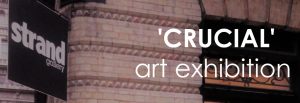
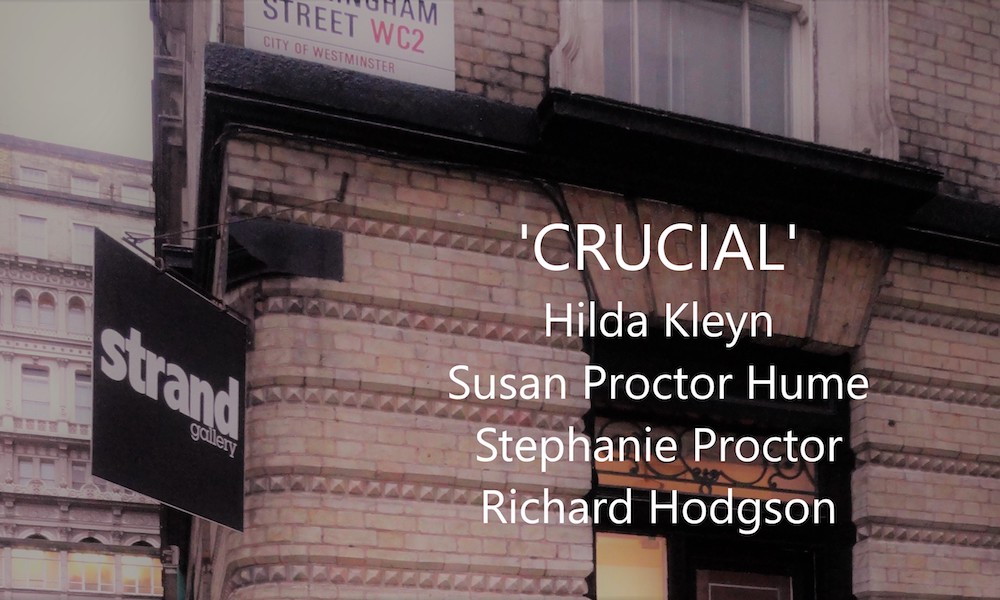
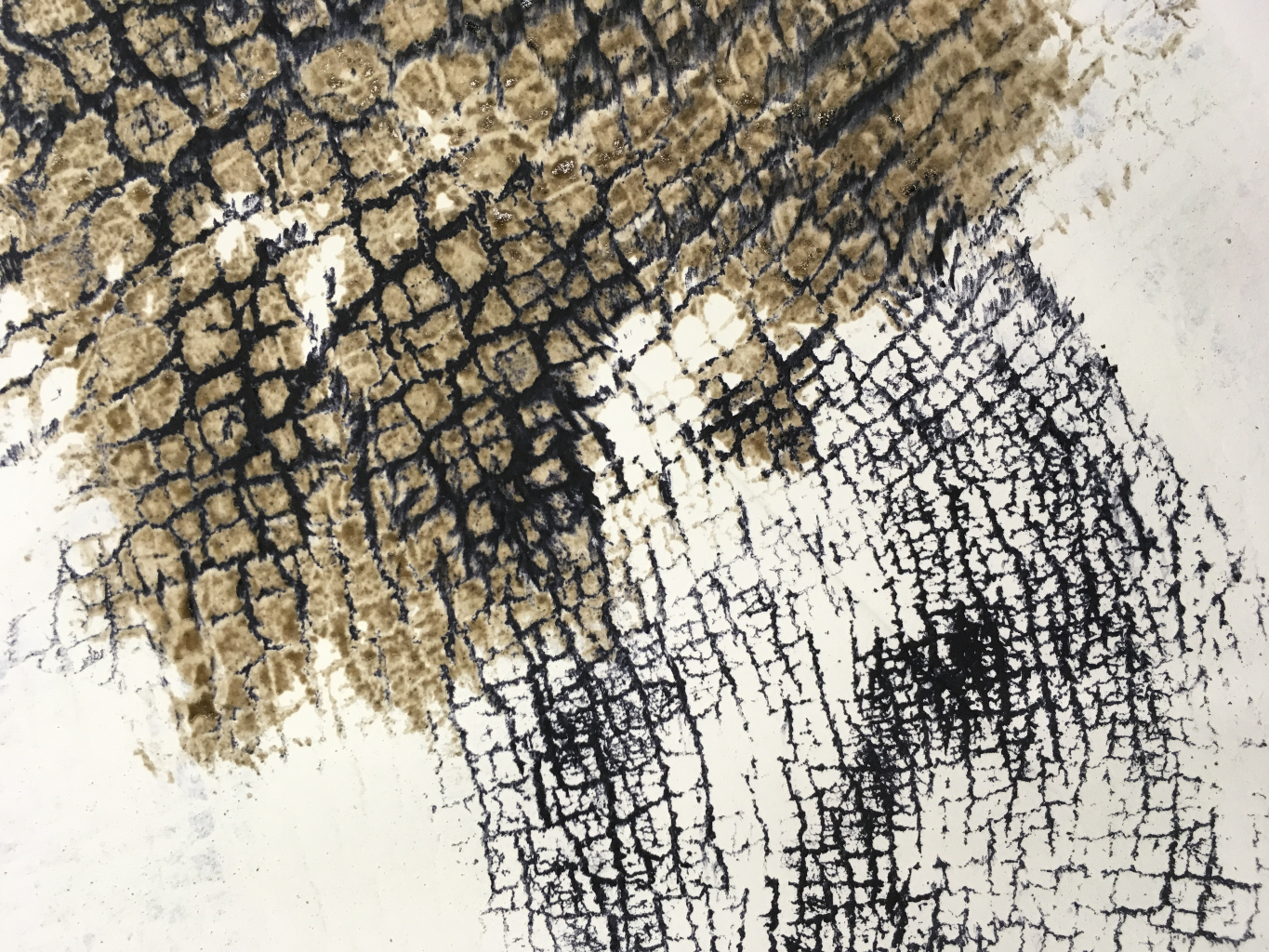
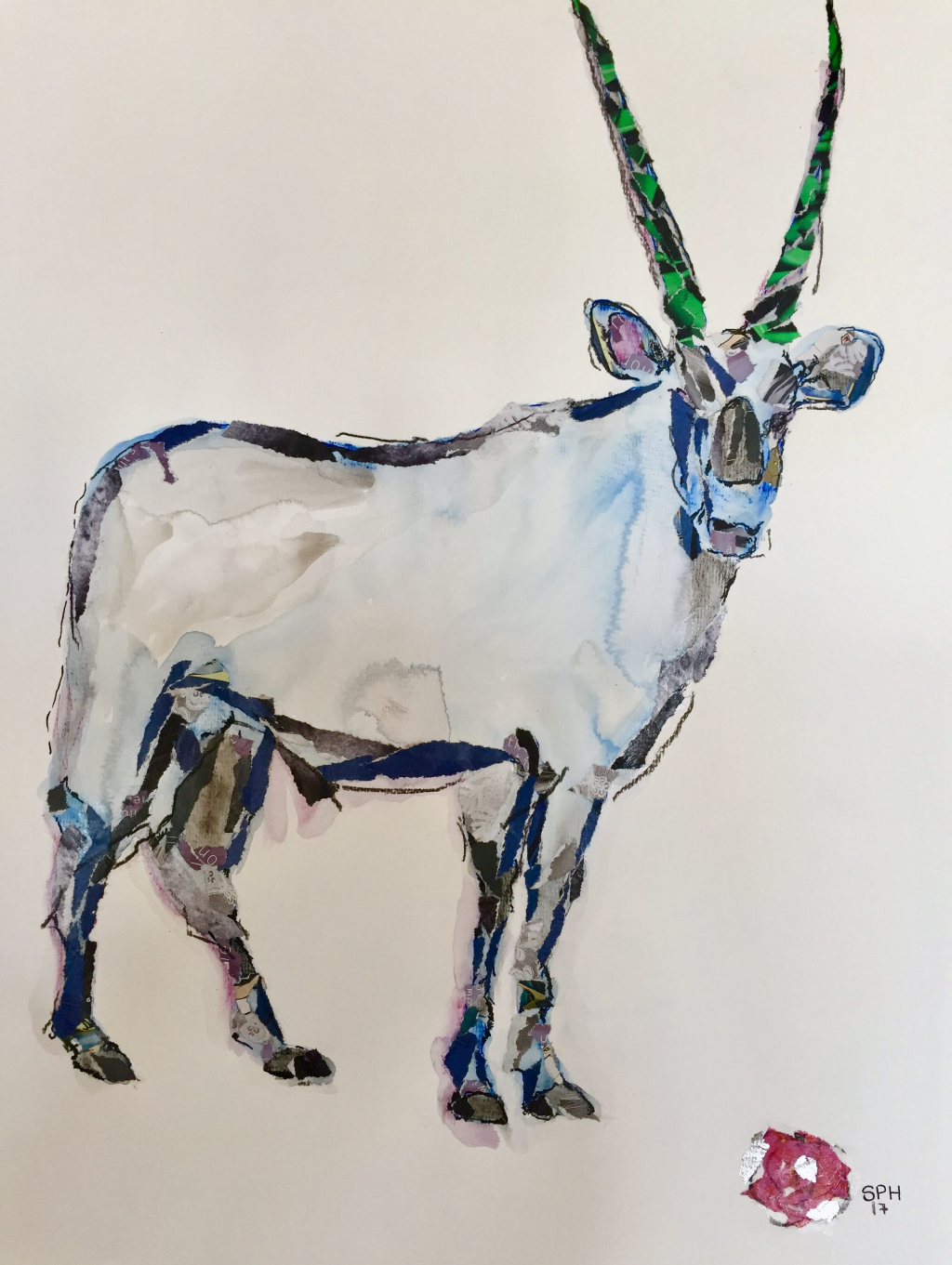
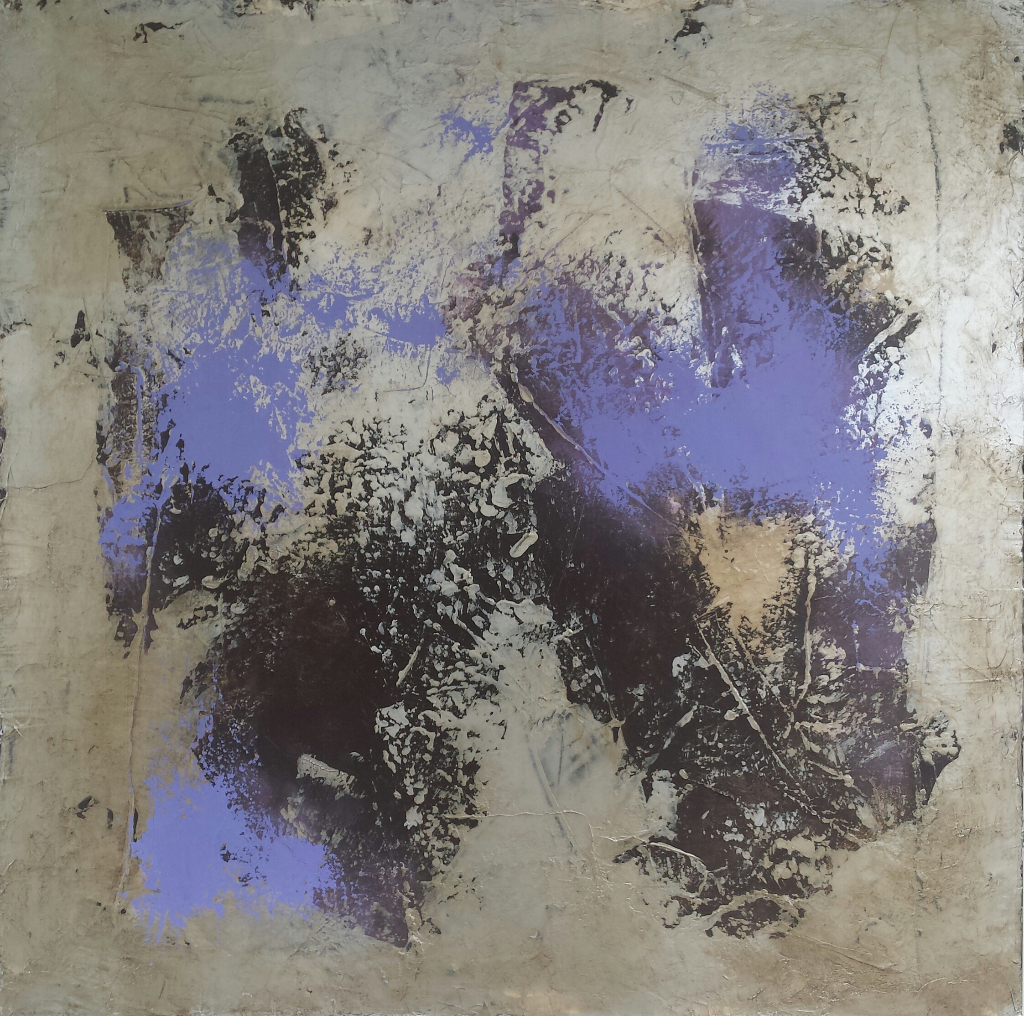
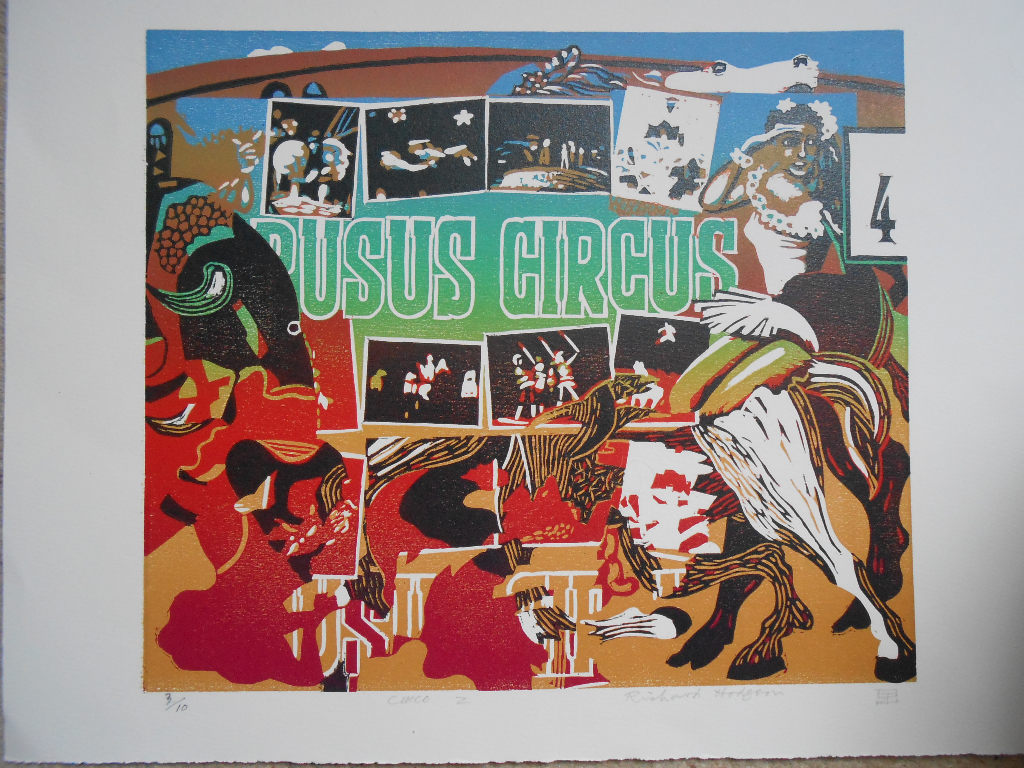
















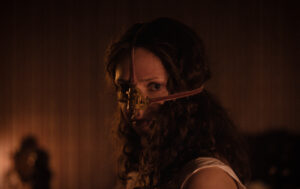
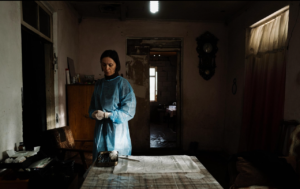







Facebook
Twitter
Instagram
YouTube
RSS